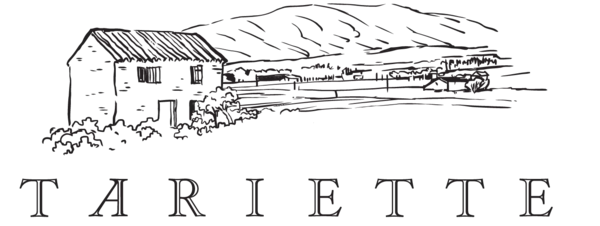
Provençal lavender, explained.
The lavender fields of Provence are among the region’s most iconic sights and scents. But what exactly are the plants growing in those beautiful fields? With so many varieties and even more names—French, English, fine, lavandin, “true lavender”—we’ve tried to clear up once and for all the differences between the strains their properties and uses, and which can you enjoy through Tariette.
What are the main species of lavender?
Lavender, or lavandula, is a catchall term that includes over forty known species of plant, most sporting the distinctive aromatic purple flowers. The most popular species, which we commonly call lavender, is lavandula angustifolia. Also widely cultivated is a hybrid known as lavandin.
Lavandula angustifolia
When you think of lavender, you likely think of this popular species. Known by various names including English, true, and fine lavender, this narrow-leaved species is colourful, fragrant, and hardy. Plants need little water to survive and are generally small, with only one flower on each stem. They reproduce natural but are not particularly productive when it comes to oil—you’ll need 130kg of flowers to obtain just one litre of essential oil.
In Provence, lavandula angustifolia grows at a high altitude of around one kilometre above sea-level. The lower yield, coupled with the powerful aroma, explains the higher cost of this species. The scent is sweeter than many others and the oil is said to have medicinal properties; it’s also widely used in cooking. You can find culinary fine lavender flowers and fine lavender essential oil on our site.
Lavandin
This hybrid class, a cross between the above fine lavender and the broad-leaved Portuguese lavender, grows to a much larger size and has bigger flowers. It’s the most commonly cultivated species in Provence. While not quite as sweet, it produces plenty of oil full of camphor, which acts as a decongestant in many common medicinal rubs.
Lavandin is sterile, and so is only reproduced through cuttings, so the larger plants that make up the region’s dramatic landscape have all been intentionally planted. Most lavandins are not used for cooking and instead make up a large proportion of the aromatherapy industry. At Tariette, we stock lavandin as loose dried flowers.
Other lavender species
There are many species and hundreds of names, so confusion is common with lavender plants! Lavandula dentata is one a few species known in English as French lavender, and has toothed, woolly leaves. Provence lavender is a specific variety of lavandin and the only lavandin used for cooking. There are many others, including Spanish and Egyptian, some of which are considered weeds in certain parts of the world for their hardy invasiveness, but none of which you’ll find on this site.
Enjoy our lavender products safe in the knowledge that you’re getting either fine “true” English lavender or the popular lavandin hybrid used the world over, or get in touch with thomas@tariette.com if you have any questions.



